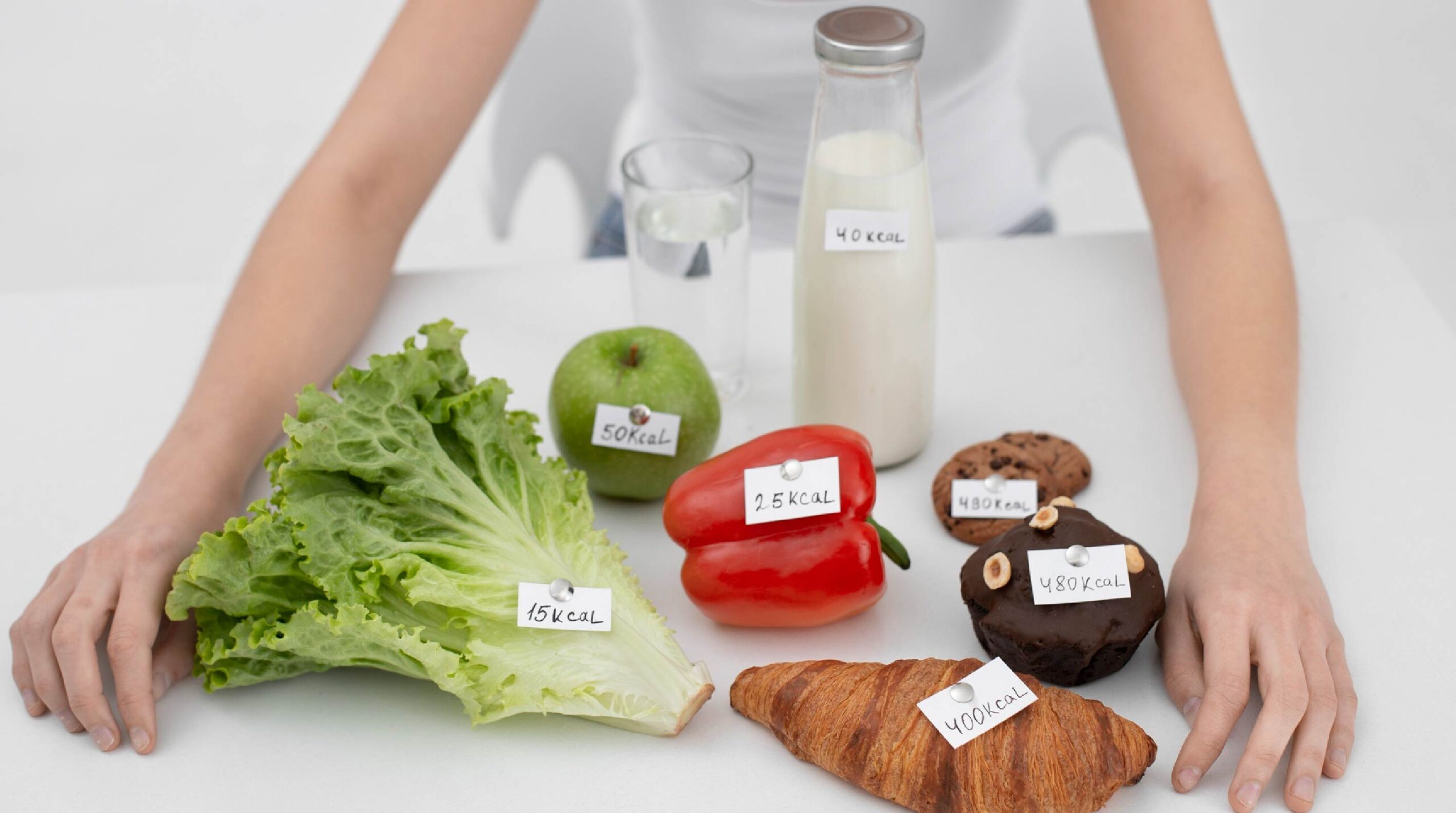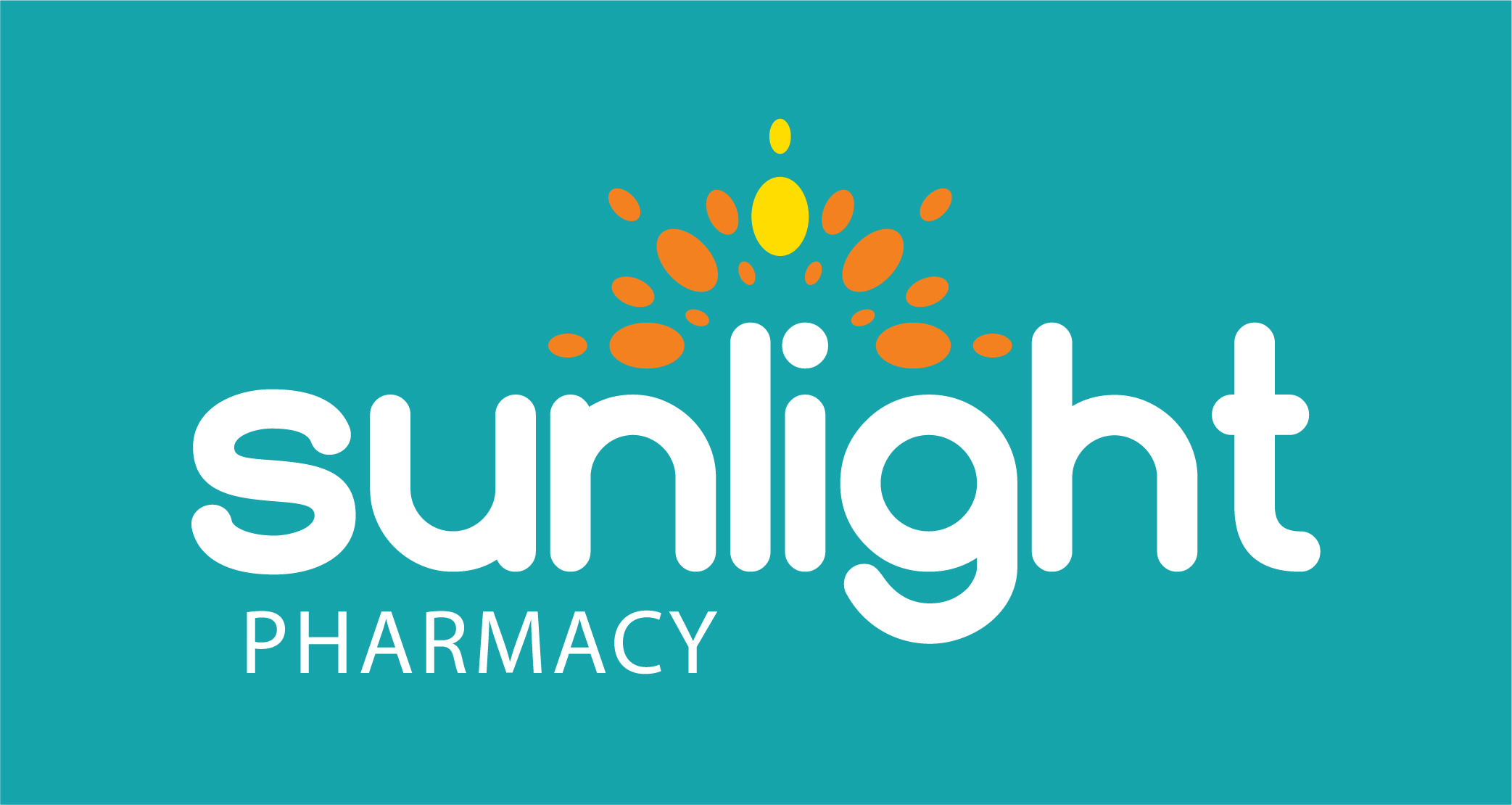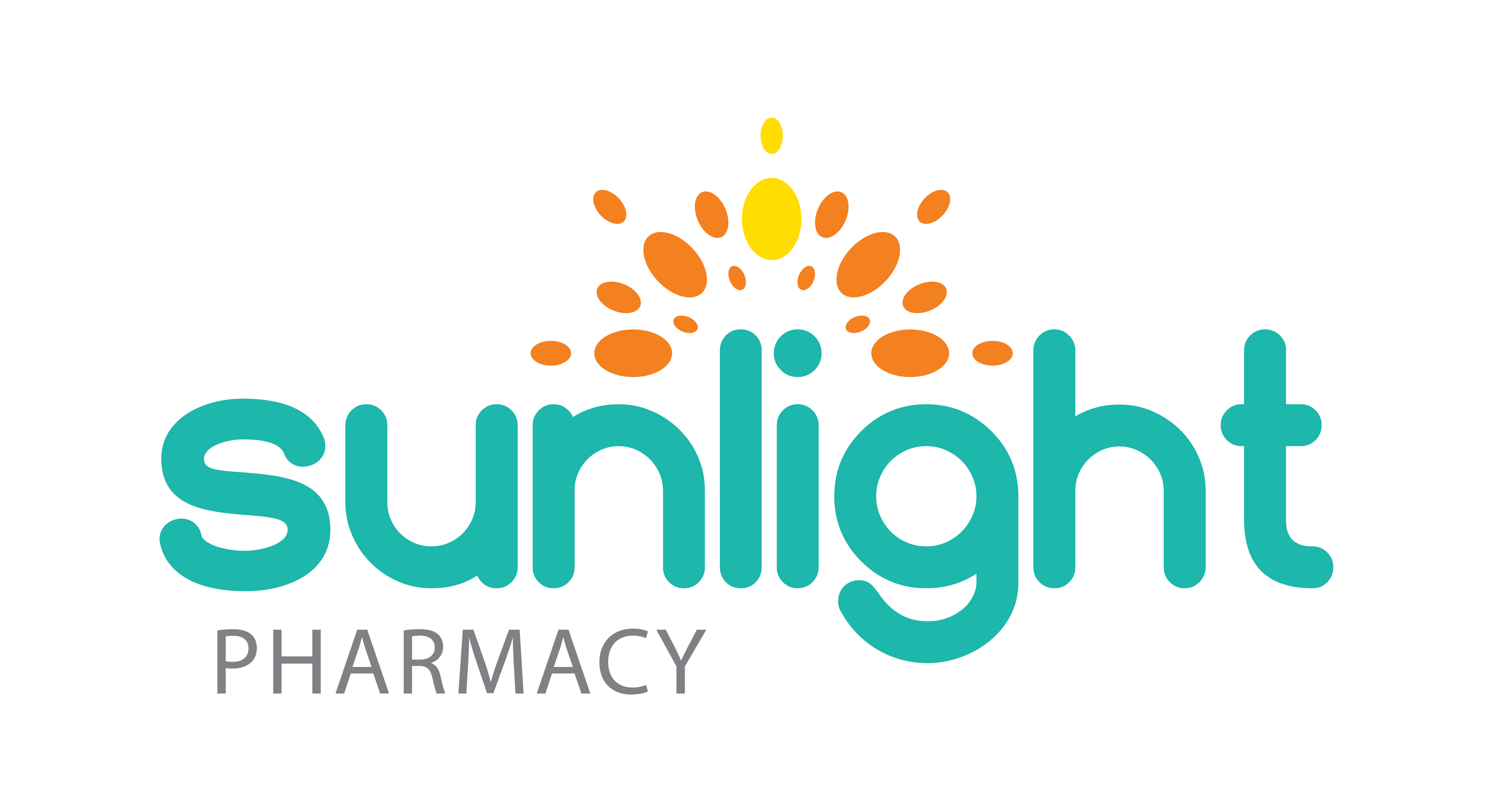
14 Sep Revealing the Nutritional Needs for Healthy Adolescence
Adolescence (or better known as teenage) is the developmental stage between childhood and adulthood.
It normally happens between the age of 10 to 20. Teenagers undergo drastic physical changes which is largely dependent on the adequacy of nutritional intake. It is therefore essential to make sure that they eat the right food, of the right amount.
They need more of basically everything to keep up with the massive growth spurt: calories and protein for growth and muscle building; calcium, phosphorus and vitamin D for bone formation.

Let’s have a look at the essential nutritional requirements for optimum adolescence growth:
Calcium
Teens go through dramatic skeletal growth during this period, they need sufficient amount of calcium, phosphorus and vitamin D as building blocks of their skeletal expansion to prevent osteoporosis in later-life. Calcium is particularly important in this context to form strong, healthy bones.
Iron
Teenagers need extra iron (around 8-18mg/day) to accommodate their increasing blood volume. This is especially important for girls to replace menstruation loss. There are two types of iron – heme and non-heme form. Heme iron is present in animal products such as meat, fish and poultry and is easily absorbed by our body, while dried fruits, vegetables and eggs contain non-heme iron which extra vitamin C will be required to increase absorption.
Protein
It is important for muscle growth and 50% of our body weight is comprised of protein. However, it is one of the least concerned nutrients by health organizations. Not because protein is not important for growth but protein is widely available in our diet and deficiency is very rare. Opt for the lean protein such as chicken and turkey; eggs, cheese, beans and pulses are also excellent sources of protein.
Eating the good fats
Fats in our diet should not provide more than 30% of our daily energy requirement but they are essential in energy supply and aids absorption of the fat soluble vitamins – A, D, E and K. It is important that parents educate their children about choosing the good fats, avoid snacking on unhealthy, highly processed foods. Examples of good fat sources are avocado, salmon fish, nuts and seeds.
Healthy tip!
Keep your teenager out of nutritional danger by providing nutrient dense snacks that are low in calories to prevent them from gaining excess weight and lead to obesity. Yogurt, dried fruits, nuts, juices, cheese, and whole grain crackers are all excellent choices of healthful snack foods.
References:
- American Academy of Paediatrics (2016) A Teenager’s Nutritional Needs:
https://www.healthychildren.org/English/ages-stages/teen/nutrition/Pages/A-Teenagers-Nutritional-Needs.aspx - Berkoff, F. and Schwarcz, J. (2013) Foods That Harm, Foods That Heal, United States of America: The Reader’s Digest Association.
- British Nutrition Foundation (2015) Teenagers, Available at:
https://www.nutrition.org.uk/nutritionscience/life/teenagers.html?limit=1 - Rose, S. (2016) Vitamins and Minerals: How to Get the Nutrients Your Body Needs, United Kingdom: Bounty Books.




No Comments